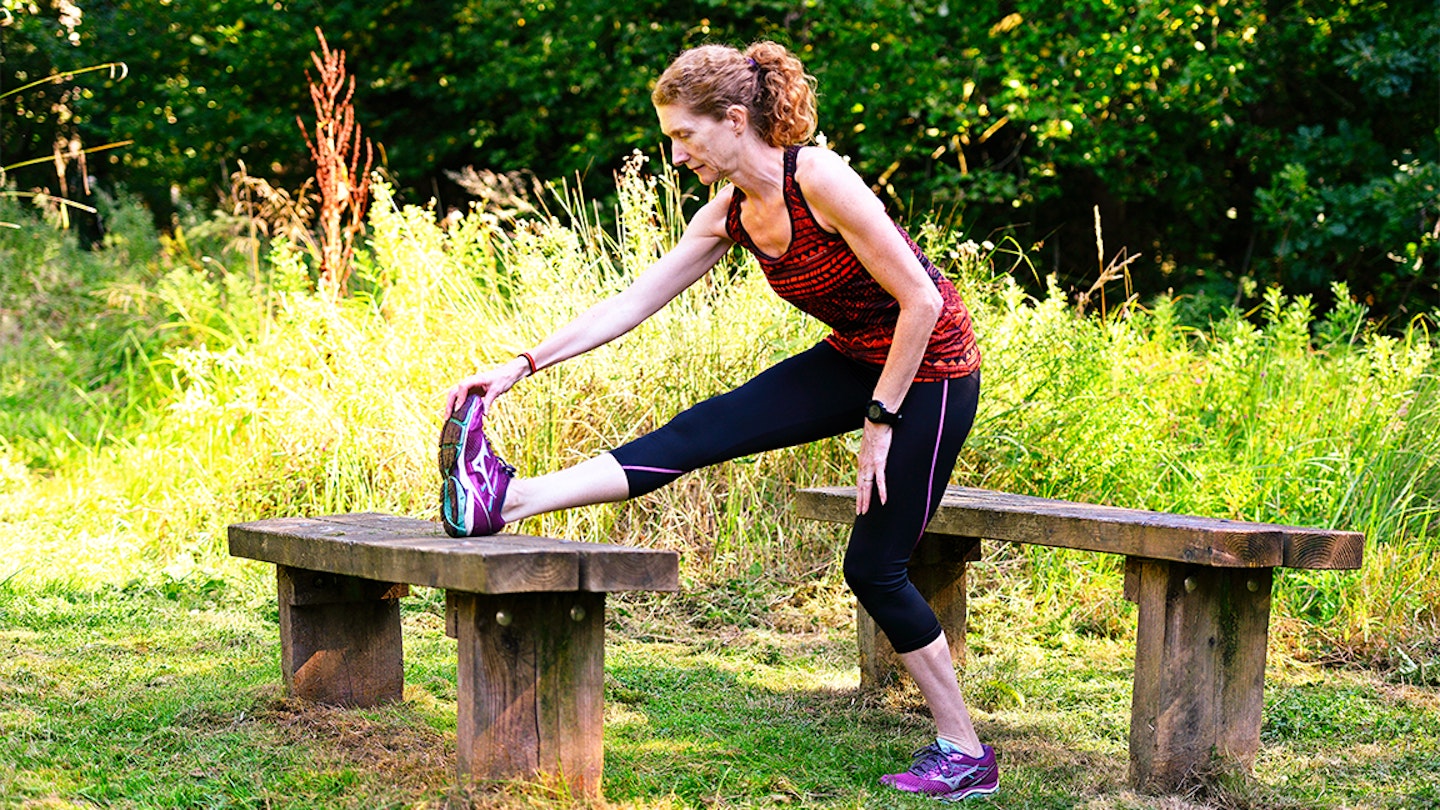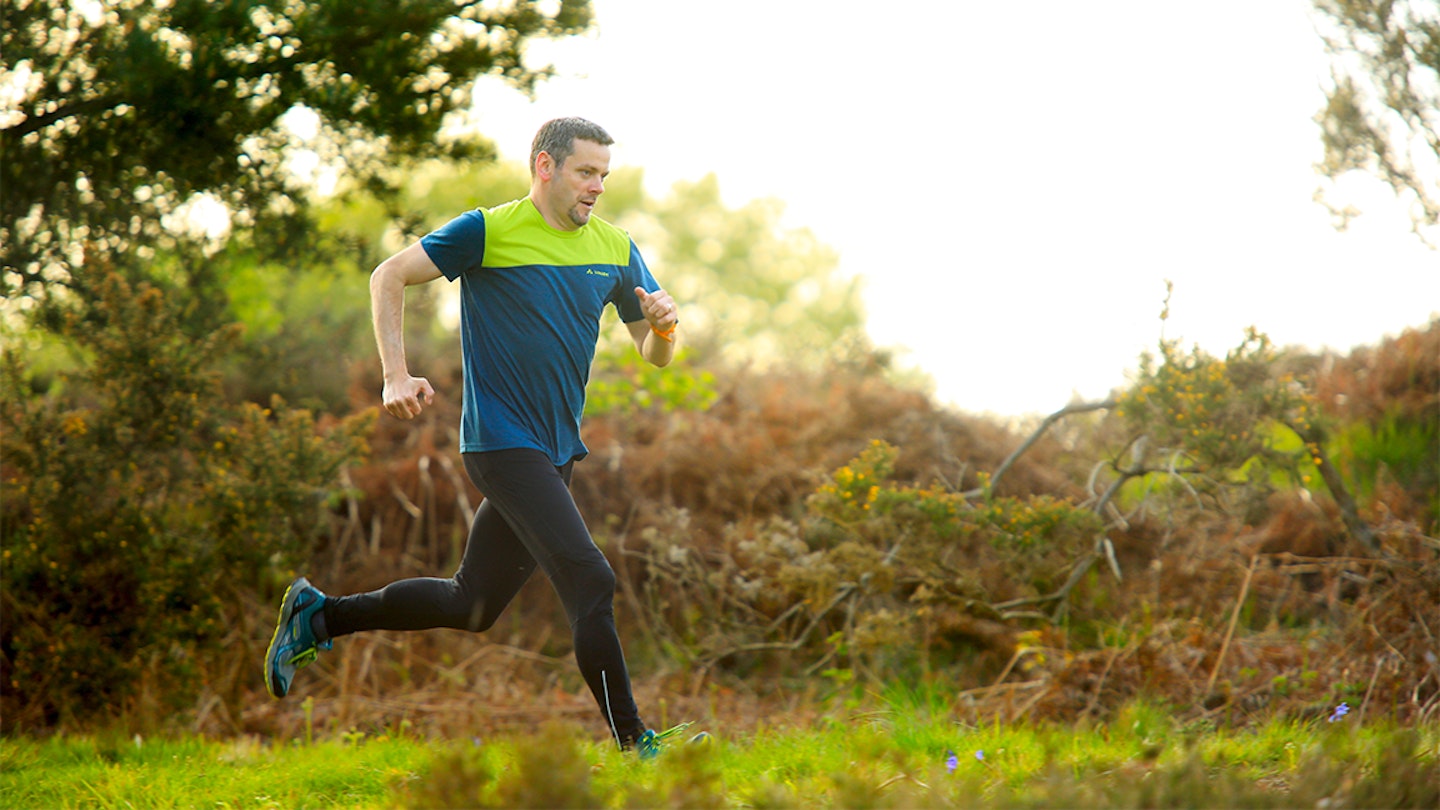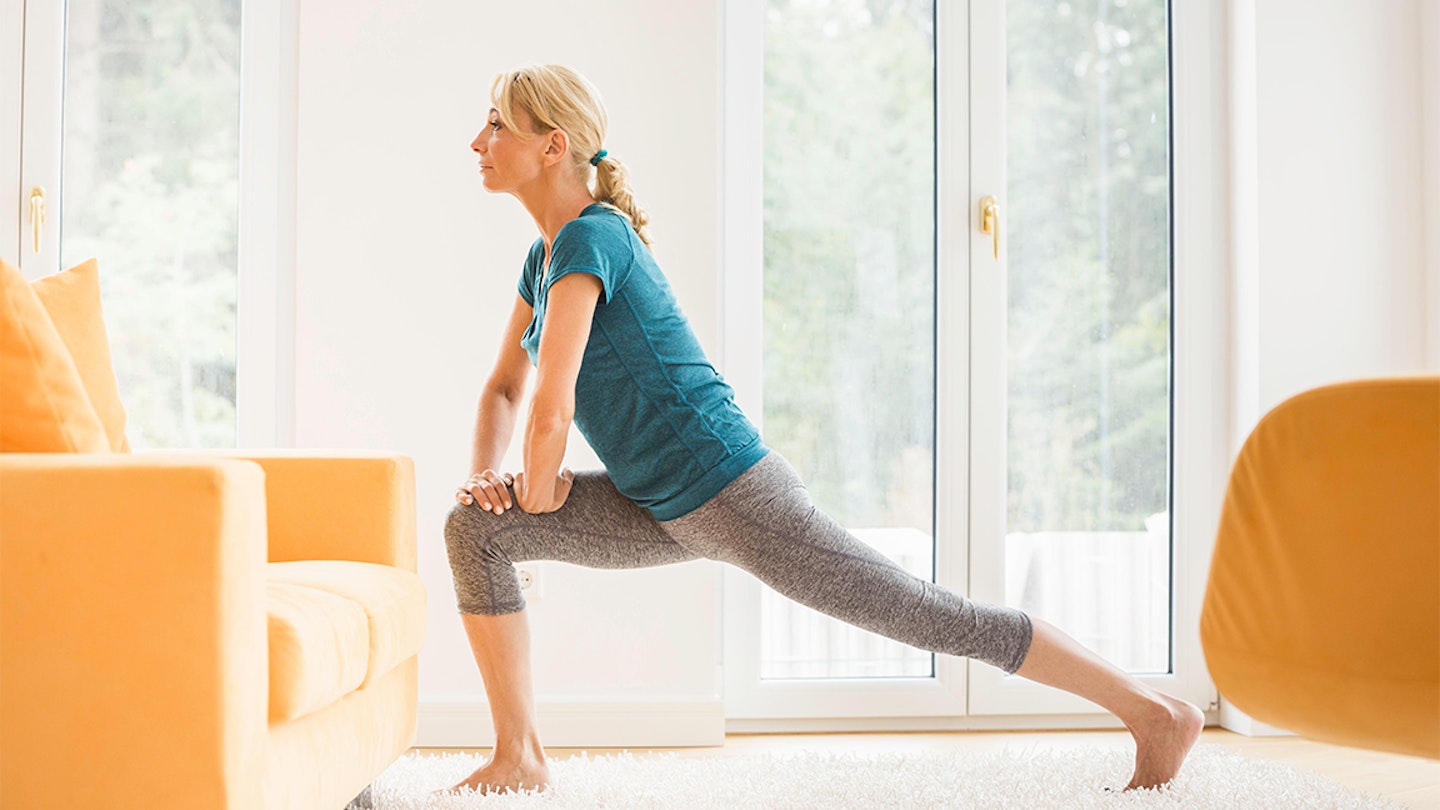Good mobility for runners is important as it enables us to run with better efficiency, performance, and aids in injury prevention. Essentially, it’s the ability to move our joints through their full range of motion without pain or stiffness. It is different from flexibility, which refers to the length of your muscles.
You probably already have personal experience of poor mobility if you’ve ever been injured, but do you know what it means to have good mobility and more importantly, how to improve it? In this article, we explain what mobility is, why it is important, and how to improve it with some key exercises.
What is mobility?

Mobility is the combination of joint health, muscle pliability, and nervous system control. It determines how well you can move your body in different directions and positions. For example, if you have good ankle mobility, you can dorsiflex your foot (bring your toes closer to your shin) and plantarflex your foot (point your toes away from your shin) without restriction or discomfort. This allows you to run with a smooth and powerful stride.
Mobility is influenced by several factors, such as genetics, age, lifestyle, and training. Some people are just naturally more mobile than others, but everyone can improve with regular practice. It can decline with age, lack of exercise, or overuse of certain muscles and joints. Therefore, it is important that we try to keep our joints healthy and mobile as much as possible.
Why is mobility important for runners?

There are several reasons:
-
It improves running form and efficiency. If you have good mobility, you can run with optimal posture, alignment, and mechanics. You can also use your muscles and joints more effectively and efficiently, reducing wasted energy and improving your speed and endurance.
-
It enhances running performance and ultimately enjoyment. Better mobility means more power and agility. So tackling those steep uphills and downhills or technical trails requires less effort and that is clearly a good thing and for sure will make you happier!
-
It prevents or reduces risk of injury since you will be able to run with less stress and strain on your muscles, tendons, ligaments, and joints. You can also avoid or recover from common running injuries, such as plantar fasciitis, shin splints, IT band syndrome, and runner’s knee.
How to improve your mobility?
There are many ways to improve to do this, but to keep it simple and achievable we have here some key exercises that target the main areas of mobility for runners: ankles, hips, and thoracic spine. You can do these exercises before or after your runs, or on your rest days. Aim for 10 to 15 repetitions of each exercise and hold each position for 1 to 2 seconds.

-
Ankle circles: Stand on one leg and lift the other foot off the ground. Rotate your ankle clockwise and counterclockwise, making as big circles as possible. Repeat with the other ankle.
-
Ankle rocks: Stand with your feet hip-width apart and your toes pointing forward. Shift your weight to your right foot and lift your left heel off the ground. Then, shift your weight to your left foot and lift your right heel off the ground. Repeat this rocking motion, keeping your toes on the ground and your knees slightly bent.
-
Hip circles: Stand with your feet shoulder-width apart and your hands on your hips. Rotate your hips clockwise and counterclockwise, making as big circles as possible. Keep your spine straight and your shoulders relaxed.
-
Hip hinges: Stand with your feet hip-width apart and your hands behind your head. Hinge at your hips and lower your torso until it is parallel to the ground. Then, squeeze your glutes and lift your torso back to the starting position. Keep your back flat and your neck neutral throughout the movement.
-
Thoracic rotations: Stand with your feet shoulder-width apart and your arms crossed over your chest. Rotate your upper body to the right, keeping your hips and legs still. Then, rotate your upper body to the left, keeping your hips and legs still. Repeat this twisting motion, feeling a stretch in your chest, back, and shoulders.
All of these exercises shouldn’t really take longer than five minutes to complete and if you do them just a couple of times a week you will already be well on the way to make yourself a happier, more injury free trail runner, which means more trail running adventures!
What is Run The Wild?
Simon James founded Run the Wild in 2013, which has now been delivering incredible trail running adventures for over a decade. Our running events include everything from 10km runs in the Chilterns to multi-day running holidays in the Alps. From guided runs to navigation workshops and running coaching – there is something for you wherever you are on your trail running journey!
